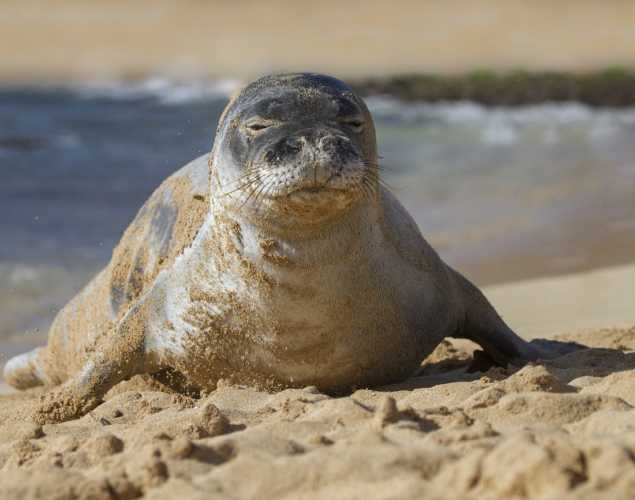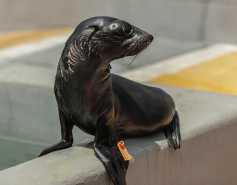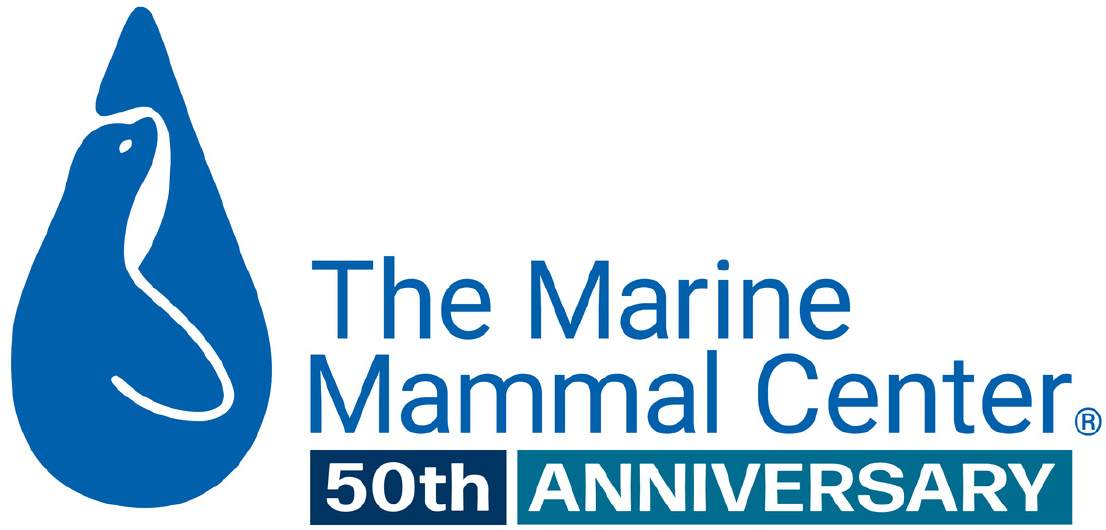
An Integrated Approach for Assessing Translocation as an Effective Conservation Tool for Hawaiian Monk Seals
- Species conservation
Abstract
For threatened and endangered species, translocations have been widely used to mitigate multiple sources of mortality that threaten population recovery. Although numerous Hawaiian monk seals Neomonachus schauinslandi have been translocated for a variety of purposes, few monk seal translocations have addressed the problem of prey limitation. To assess the efficacy of using translocations to mitigate reduced prey availability, 12 weanling monk seals were translocated with pre-release health screening and post-release monitoring. Specifically, the health, foraging behavior, habitat use, and survival of translocated seals were compared with those of 17 monk seals resident to the release site. There was little evidence of infectious diseases in translocated and resident seals, although Chlamydophila abortus antibodies and enteric bacteria were detected in many individuals. Translocated and resident weanling seals also demonstrated similar diving, movements, and habitat use, whereas resident adult seals had greater variability in foraging patterns. First-year survival for translocated weanlings (50 percent, n = 12) and non-translocated weanlings at the donor (31 percent, n = 36) and recipient sites (69 percent, n = 16) was related to weaning body size, with larger individuals having greater survivorship. These results supported three main conclusions that have important consequences for future translocation and population recovery efforts: (1) there was minimal risk of exposing seals to novel infectious diseases as a result of translocation; (2) individuals translocated with limited foraging experience rapidly adapted to their post-release environment; and (3) translocation for the purpose of mitigating prey limitation is a viable and important conservation tool for Hawaiian monk seals.
Norris, T.A., Littnan, C.L., Gulland, F.M.D., Baker, J.D., Harvey, J.T. 2017. An integrated approach for assessing translocation as an effective conservation tool for Hawaiian monk seals. Endangered Species Research. 32: 103-115.
Related Publications
{"image":"\/Animals\/Wild\/Other species\/Vaquita-Olson-NOAA.jpg","alt":"vaquita","title":"Protecting Critically Endangered Vaquita from Entanglement Through Field Capture","link_url":"https:\/\/www.marinemammalcenter.org\/publications\/protecting-critically-endangered-vaquita-from-entanglement-through-field-capture","label":"Research Paper"}

Protecting Critically Endangered Vaquita from Entanglement Through Field Capture
Read More{"image":"\/Animals\/Patients\/Guadalupe fur seals\/2020\/cropped-images\/gfs-pippin-by-bill-hunnewell-c-the-marine-mammal-center-noaa-permit-18786-111-120-3738-2920-1602702191.jpg","alt":"Guadalupe fur seal Pippin","title":"Understanding the Impacts of Climate Change on Threatened Guadalupe Fur Seals","link_url":"https:\/\/www.marinemammalcenter.org\/publications\/understanding-the-impacts-of-climate-change-on-threatened-guadalupe-fur-seals","label":"Research Paper"}

Understanding the Impacts of Climate Change on Threatened Guadalupe Fur Seals
Read More{"image":"\/Animals\/Wild\/Guadalupe fur seal\/cropped-images\/guadalupe-fur-seal-photo-c-marc-webber-113-2-3934-3072-1618437568.jpg","alt":"Guadalupe fur seal","title":"A New Guadalupe Fur Seal Colony in the Gulf of California?","link_url":"https:\/\/www.marinemammalcenter.org\/publications\/new-guadalupe-fur-seal-colony-in-the-gulf-of-california","label":"Research Paper"}

{"image":"\/Animals\/Patients\/Guadalupe fur seals\/2019\/cropped-images\/gfs-scooter-release-photo-c-steve-sayles-878-376-4402-3438-1606346089.jpg","alt":"Guadalupe fur seal","title":"Ecology and Conservation of Pinnipeds in Latin America: Guadalupe Fur Seal","link_url":"https:\/\/www.marinemammalcenter.org\/publications\/ecology-and-conservation-of-pinnipeds-in-latin-america-guadalupe-fur-seal","label":"Research Paper"}

Related News
{"image":"\/Animals\/Patients\/Hawaiian monk seals\/2025\/cropped-images\/d-ru28release-exam-at-ke-kai-ola111025photo-by-giancarlo-rulli-c-the-marine-mammal-center-noaa-permit-24359-0-0-1270-992-1764620886.jpg","alt":"","title":"Bird Flu Vaccine Trial Offers Hope for Protecting Hawaiian Monk Seals","link_url":"https:\/\/www.marinemammalcenter.org\/news\/bird-flu-vaccine-trial-may-offer-hope-for-protecting-hawaiian-monk-seals","label":"News Update","date":"2025-12-01 08:13:00"}

Bird Flu Vaccine Trial Offers Hope for Protecting Hawaiian Monk Seals
December 1, 2025
Read More{"image":"\/Animals\/Wild\/Hawaiian monk seal\/cropped-images\/hms-wild-photo-1-c-noaa-pifsc-hmsrp-35-0-1270-992-1759760452.jpg","alt":"A Hawaiian monk seal rests on its side on a sandy beach.","title":"Where Do Hawaiian Monk Seals Live? And Other \u2018\u012alio Holo I Ka Uaua Trivia","link_url":"https:\/\/www.marinemammalcenter.org\/news\/where-do-hawaiian-monk-seals-live-and-other-ilio-holo-i-ka-uaua-trivia","label":"News Update","date":"2025-10-06 00:00:00"}

Where Do Hawaiian Monk Seals Live? And Other ‘Īlio Holo I Ka Uaua Trivia
October 6, 2025
Read More{"image":"\/Animals\/Patients\/Sea otters\/2025\/cropped-images\/so-mooring-release-2-laurie-miller-c-the-marine-mammal-center-USFWS-permit-MA101713-1-80-0-1270-992-1757003194.jpg","alt":"A southern sea otter rests in the ocean after being released from rehabilitative care.","title":"Entangled in Ocean Trash, Sea Otter Mooring Gets a Second Chance at Life","link_url":"https:\/\/www.marinemammalcenter.org\/news\/entangled-in-ocean-trash-sea-otter-mooring-gets-a-second-chance-at-life","label":"Patient Update","date":"2025-09-05 02:00:00"}

Entangled in Ocean Trash, Sea Otter Mooring Gets a Second Chance at Life
September 5, 2025
Read More{"image":"\/Animals\/Wild\/California sea lion\/cropped-images\/csl-release-4-5-24photo-by-chris-deimler-c-the-marine-mammal-center-138-0-1270-992-1745348188.jpg","alt":"Four young California sea lions walk on the beach toward the ocean.","title":"Achievements in Ocean Health","link_url":"https:\/\/www.marinemammalcenter.org\/news\/achievements-in-ocean-health","label":"News Update","date":"2025-04-23 10:20:00"}

